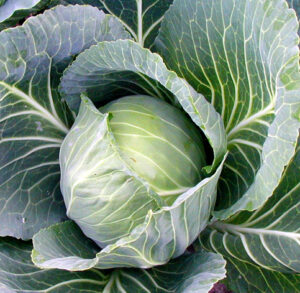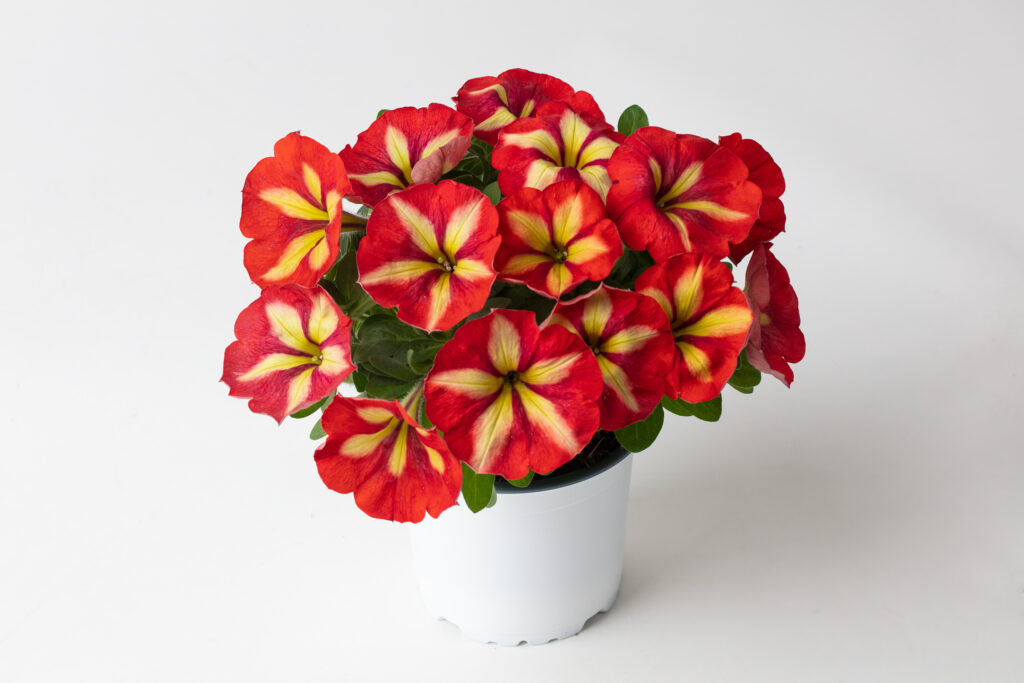One of our favorite parts of every garden season is seeing the new plants we will have the opportunity to grow that year, but where do these plants come from?
Most of the plants that we grow in our yard and gardens were developed with plant breeding. There are a few different types of plant breeding, but we are going to go over a couple of the most common methods.
Selective breeding
Starting about 9,000 years ago, humans started selectively breeding wild plants for food. Selective breeding is a multi-generation process that involves saving seeds from the best plants and using those seeds to plant the next season’s crop. After many generations that crop begins to take on the characteristics that have been selected for. Plants that were selected may have included those that hold onto their seeds, have larger fruit, or seeds that are easier to grind.

One crop that was developed using selective breeding was early versions of corn. Corn was bred in Mexico & the Amazon starting about 9,000 years ago. Originally a grass with small, tough seeds – early farmers selected plants with the traits that made the crop easier to grow and produced more food for their communities. To get to the large, sweet corn that we have today the plant had to go through another breeding process called hybridization.

Hybrid Plants
The process of breeding hybrid plants is a way for humans to control a process that occurs in nature. Instead of allowing the pollen from one plant to fertilize another plant randomly, breeders select the two plants that they want to cross. To prevent self-pollinations, breeders remove all of the plant’s stamens that contain the pollen. They then take the pollen from the first plant and manually apply it to the pistil of the second plant.
They allow the plant to grow fruit and then collect the seed, that seed is planted, and the hybrid plant is evaluated to see if it contains the desired characteristics. It may take several years of cross-pollination to develop the desired plant. Early generations of hybrid plants may have seeds that are sterile or will produce a plant that doesn’t match the parent plant.
Over multiple generations, hybrid plants can be stabilized so that their seeds can be collected each year, or the plants can be reproduced with cuttings. There are many reasons a plant may be hybridized like disease resistance, higher yield, or better garden performance.
